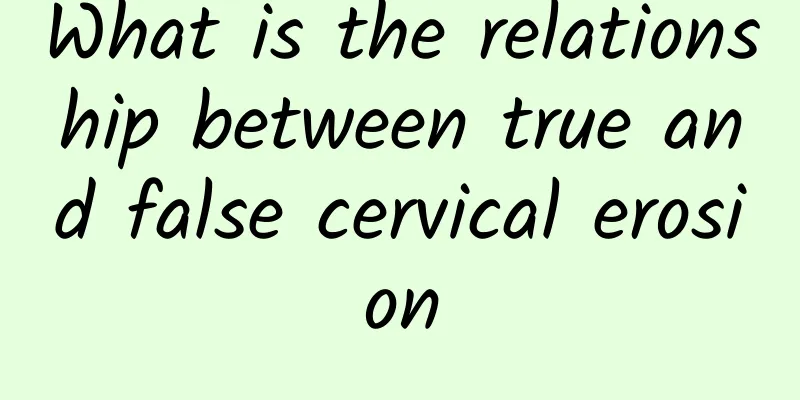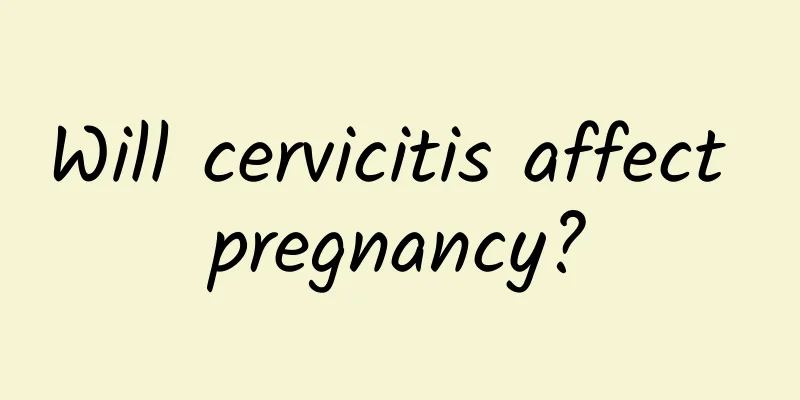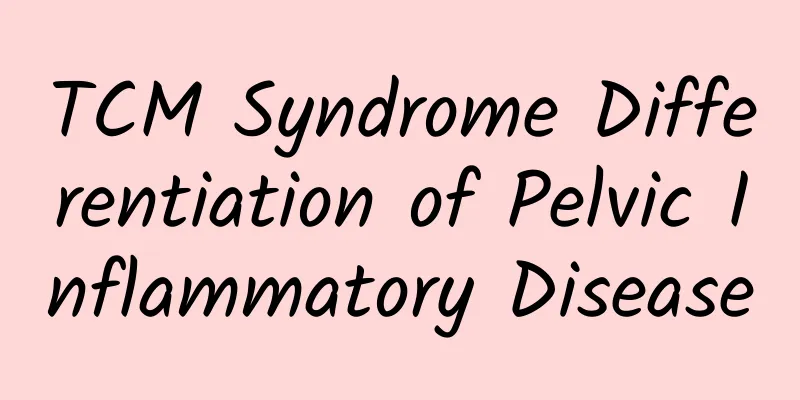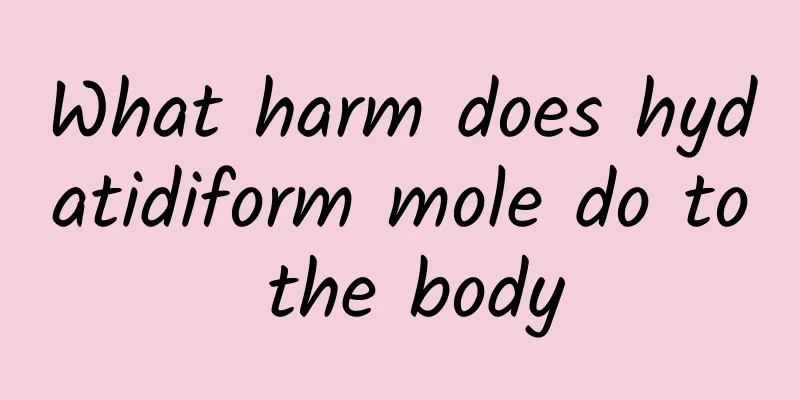What are the contraindications for the treatment of uterine fibroids? What tests are needed to diagnose uterine fibroids?
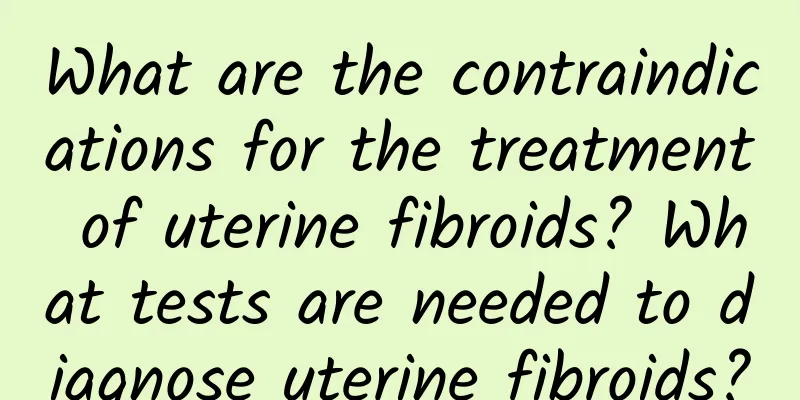
|
Uterine fibroids are a common disease in women, but their cause is still unclear. According to a large number of clinical observations and experimental results, fibroids are a type of tumor that depends on estrogen for growth. For example, it is common in women of childbearing age, 30 to 50 years old, especially in high-estrogen environments such as pregnancy and exogenous high estrogen, and fibroids gradually decrease after menopause. What is the treatment for uterine fibroids? How to treat uterine fibroids? Uterine fibroids are a common gynecological disease that has a more serious impact on women's lives and work, but if not treated early, some patients with uterine fibroids may transform into malignant tumors. The most taboo in treating uterine fibroids is "delaying". From the perspective of tissue development, uterine fibroid cells come from smooth muscle cells of uterine muscles and vascular walls, such as immature myoblasts, but the latter have no clear concept in histology. The occurrence of human uterine fibroids may come from the differentiation process of undifferentiated mesenchymal cells to smooth muscle cells. Multiple uterine fibroids may be due to the origin cells lurking in the myometrium. After entering sexual maturity, the undifferentiated mesenchymal cells and mature smooth muscle cells remaining in the myometrium undergo their own continuous proliferation, differentiation and hypertrophy process under the action of estrogen and progesterone cycles, which are repeated for a long time and eventually form tumors. Traditional Chinese medicine has no way to treat uterine fibroids. Using sex hormone drugs to forcibly lower estrogen levels and relieve the symptoms of uterine fibroids is incurable and has serious side effects. Myomectomy or hysterectomy is effective quickly, but if the root cause of endocrine disorders cannot be changed, uterine fibroids may also recur. The most important thing for uterine fibroids is timely detection and early surgery. Choose the appropriate treatment form based on the different characteristics of the fibroids and the patient's own situation. Psychology of patients with uterine fibroids: When patients are diagnosed with uterine fibroids and the doctor says that they need surgery or hysterectomy, most patients think "I'll just have to endure it". Many women are reluctant to undergo surgery, let alone hysterectomy, because they have uterine fibroids. She thinks that if she loses her uterus, she doesn't think she is a complete woman. This idea is correct. We must insist on preserving the uterus and find a hospital that can preserve the uterus for surgery. No matter where the fibroids grow; how big the fibroids are, how many fibroids there are, whether there are fertility requirements, we do not open the abdomen, do not transfuse blood, do not remove the uterus, do not relapse, and maximize the integrity of female anatomy and physiology. Ultrasound examination is the most common examination in China. It can identify fibroids with an accuracy rate of 93.1%. It can show enlarged uterus, irregular shape, number, location, size of fibroids, whether the fibroids are uniform or liquefied cysts, and whether other organs are compressed. The uterine cavity is measured with a probe. Intramural fibroids or submucosal fibroids often enlarge and deform the uterine cavity. Therefore, the size and direction of the uterine cavity can be compared with the size and direction of the uterine cavity. Compared with the double clinic, it helps to determine the nature of the mass and understand whether there is a mass in the cavity and its location. However, it must be noted that the uterine cavity is often curved or blocked by submucosal fibroids, making it impossible for the probe to fully penetrate, or it is a subserosal fibroid. The uterine cavity often does not enlarge, but it can cause misdiagnosis. When the tumor is calcified on plain X-ray film, it appears as scattered consistent spots, or a shell-like calcified capsule, or a honeycomb with rough edges and wavy shapes. Diagnostic curettage: Small submucosal myoma or dysfunctional uterine bleeding, endometrial polyps are not easy to be detected by bimanual examination, and curettage can be used to assist in diagnosis. In the case of submucosal myoma, the curette feels a convex surface in the uterine cavity, which rises high at first and then slides down, or feels something sliding in the uterine cavity. However, curettage can scrape the tumor surface and cause bleeding, infection, necrosis, and even sepsis. Strict aseptic operation should be performed, and the movements should be gentle. The scraped material should be sent for pathological examination. If submucosal myoma is suspected but the diagnosis and curettage are still unclear, hysterography can be used. Hysterosalpingography Ideal hysterography can not only show the number and size of submucosal fibroids, but also locate them. Therefore, it is very helpful for the early diagnosis of submucosal fibroids, and the method is also simple. Photography of the fibroid site shows that the uterine cavity is full of incompleteness. CT and MRI generally do not need to use these two examinations. CT image diagnosis of fibroids only expresses details at a specific level, and the image structure does not overlap. The CT image of benign uterine tumors has an enlarged volume, a uniform structure, and a high density of +40 to +60H (normal uterus is +40 to +50H). What is the treatment for uterine fibroids? How to treat uterine fibroids Uterine fibroids are a common gynecological disease that has a serious impact on women's lives and work. Most uterine fibroids are benign tumors, but if they are not treated early, some uterine fibroid patients may turn into malignant tumors. So, what is the treatment for uterine fibroids? 1. Drug treatment: For pregnant patients with heavy menstrual bleeding and uterine enlargement of about 8 weeks, androgen treatment can be used after diagnostic curettage of endometrial cancer. Androgens have anti-estrogenic effects, promote endometrial atrophy, contract the myometrium and vascular smooth muscle, and reduce bleeding. Commonly used methyltestosterone and testosterone propionate, but the dosage and method should be under the guidance of a doctor to avoid improper medication, which may lead to endocrine disorders, virilization, etc. 2. Surgical treatment: If long-term conservative treatment is ineffective, or if symptoms are obvious, the fibroids are large, anemia and growing rapidly, treatment should be considered. 1) Myomectomy: Suitable for young patients who want to have children. Whether it is subserous, between the muscle walls, or even submucosal, fibroids can be removed through the abdomen to preserve the uterus. Hysteroscopic minimally invasive myomectomy can be used. 2) Hysterectomy: For older patients with uterine fibroids who have obvious symptoms and no desire to continue to have children, total hysterectomy, subtotal hysterectomy and vaginal hysterectomy should be performed. One normal ovary around 50 years old can be retained to maintain its endocrine function. Experts detail the treatment methods for uterine fibroids. Experts recommend that once women are diagnosed with uterine fibroids, they should determine the best treatment plan as soon as possible. Hospitals generally recommend surgery for uterine fibroids larger than 5 cm. In the case of less than 5 cm, Fubaoning can be used for treatment. |
<<: How to treat uterine fibroids? Diet therapy for uterine fibroids
Recommend
Tailor-made for women! A comprehensive 28-day exercise guide for your menstrual cycle
Whether you have a long-term exercise habit or yo...
Bloggers love eating this way! Recipe for slimming face (Part 1)
Ai Ai Wo, who is not fat, once tried the legendar...
Toast with meat has high calories. 3 servings exceed the dinner limit
Before the Mid-Autumn Festival, many families hav...
What treatments do you know for ovarian cysts?
What treatments do you know about ovarian cysts? ...
What medicine should I take to treat uterine fibroids? What food should I be most afraid of eating when I have uterine fibroids?
Uterine fibroids are a common benign tumor in wom...
Eat ice to cool off but get fatter? This ingredient is super low in calories!
The weather is so hot. If you don’t have some ice...
What are the common symptoms of irregular menstruation?
Irregular menstruation is a common disease among ...
A brief analysis of common methods of painless abortion analgesia
Painless abortion is a common abortion method and...
Experts explain the symptoms of ovarian cysts in unmarried women
The proportion of unmarried women among patients ...
Is cervical hypertrophy harmful to middle-aged women?
If cervical hypertrophy in middle-aged women is n...
Losing weight simply by reducing your diet? Fear of becoming a flabby pug
If a very fat person loses weight by restricting ...
Can I eat tomatoes after a miscarriage?
Abortion is the most common thing for women. Some...
Do multiple uterine fibroids require surgery?
Do multiple uterine fibroids require surgery? Whe...
What are the symptoms of multiple uterine fibroids?
What are the symptoms of multiple uterine fibroid...
Bacterial vaginosis healthy diet
In life, we often see many women appearing in gyn...

